Ok so let’s talk health goals….Have you set your health goals for the year yet? Well if you haven’t, consider making this year the year you take care of YOU. Yes, health and wellness is a big part of self-care and adding Spirulina to my diet is my health goal for 2018. Upping my intake of greens and regular exercise being on the list as well.
So have you ever heard of Spirulina? Well, it’s only the most talked about superfood out there these days! My introduction to this antioxidant bursting, energy boosting nutrient happened years ago but it wasn’t till just recently that I went out and bought myself a bottle. You see, I have been on a path to increase my intake of superfoods and I had put off this alien substance long enough. So out I went and bought the best variety out there. And that is absolutely important, that you ensure the variety you buy is pure and unadulterated.
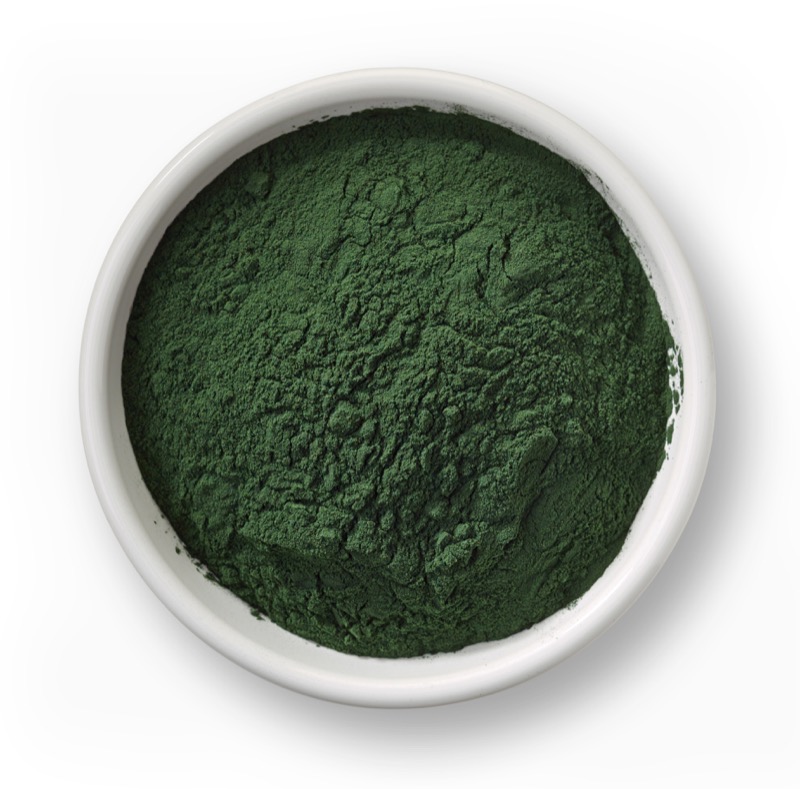
what exactly is spirulina?
As the name suggests, Spirulina is a spiral shaped blue- green algae that thrives in warmer alkaline waters. It grows in lakes where the temperatures are moderate and the sun is bright. e.g Africa. It is also grown in Hawaii. This is where most of the Spirulina found in the U.S comes from.
Also referred to as pond scum….uh yes you heard right, scum. But before you are totally grossed out and refuse to give it a chance, hear me out:
- Spirulina consumption dates back over 400 years and was a staple in the diets of the Mayas, Toltecs and Kanembu during the Aztec civilization. Today it is very popular in the Central African country of Chad where it is eaten in the form of cakes and broths.
- Even NASA recognized its nutrient density and portability and recommended it as the primary food for astronauts on long- term space missions.
- The benefits of Spirulina cannot be stressed enough. It is chock full of vitamins and nutrients such as vitamin A, B12, E, K, iron and magnesium. It also boasts twenty six times more calcium than milk!
- Spirulina is a great source of antioxidants and enzymes. It contains 60% protein, making it a great alternative to meat and is often found on the diets of vegans.
Spirulina’s effects on health are pretty substantial too. it……
Boosts immunity
Animal studies have shown that Spirulina can help ward off infections and chronic illnesses such as cancer by production of antibodies. A study conducted out of UC Davis is worth a read
Helps with allergies
A study conducted on several patients with allergic rhinitis showed improvement of their symptoms including nasal discharge, sneezing, congestion and itching.
helps with weight loss
A 1986 study of obese patients showed a significant decrease in weight after incorporating Spirulina in the diet for four weeks.
prevents heart disease and fatty liver disease
Spirulina has also shown to help prevent cardiovascular disease and non alcoholic fatty liver disease, two extremely common ailments today.
lowers cholesterol
Spirulina supplementation has powerful hypolipidaemic effects. A study conducted on 52 Greek dyslipidaemic patients showed that a dosage of 1 g Spirulina per day for 3 months resulted in a marked lowering of cholesterol.
Prevents Fatigue
Spirulina has also shown to helps with physical and mental fatigue in men.
But just a word of caution….
Although Spirulina is touted as a superfood, there are some dangers that can’t be ignored.
- Since it is grown on top of the water, the likelihood of bacterial contamination is high. Toxicity may cause nausea, vomiting, shock and even death.
- When buying Spirulina, make sure it is through a reputable vendor and devoid of allergens and fillers. I bought this one
- Pregnant and lactating women should tread with caution as conclusive studies on the transference to baby are not yet known.
- Although there are no reports to suggest Spirulina interacts with conventional medicine but may interfere with immune suppressing drugs so do your research!
With that said, here are some ways you can take this supplement.
- powder
- tablets
- capsules
- flakes
I have only just tried the powdered version and like to add it to my daily green smoothie (okay maybe not daily but it’s a goal I am working on!). That way you don’t taste it and still get the benefits.
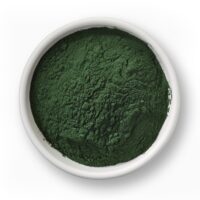
Basic Green Smoothie
Ingredients
- 2 cup kale stems removed
- 1 cup almond milk
- 1 banana frozen
- 1 tsp flax meal
- 1 tsp spirulina powder
- 1/2 tsp honey
- ice
Instructions
- In a blender add the kale and almond milk
- Blend till smooth
- Add the banana, flax meal and spirulina and blend some more. I usually chop up ripe banana and freeze in plastic bags and toss it into smoothies or shakes. This gives a creamier consistency to the smoothie/ shake
- Lastly, add ice and honey and give it one last whirl.
People also add Spirulina powder to their soups and sprinkle it on salads. I can’t say that I have tried that but I am sure the taste would get lost as in the smoothie.
I feel as women in our thirties, forties and even fifties we really need to take care of our bones! Osteoporosis and arthritis become more of a danger what with menopause on the horizon. And if that wasn’t enough, we have the number one killer, heart disease to worry about too!
Ok, so now that you are armed with some basic knowledge of this superfood, go ahead and look into supplementation. I know I am convinced of its benefits. And as someone who is pretty selective when it comes to dairy, the high dose of calcium is enough to make me stick to this new regimen and make it part of my health and wellness goals for 2018!
Have you tried Spirulina? What benefits did you see? Share below!
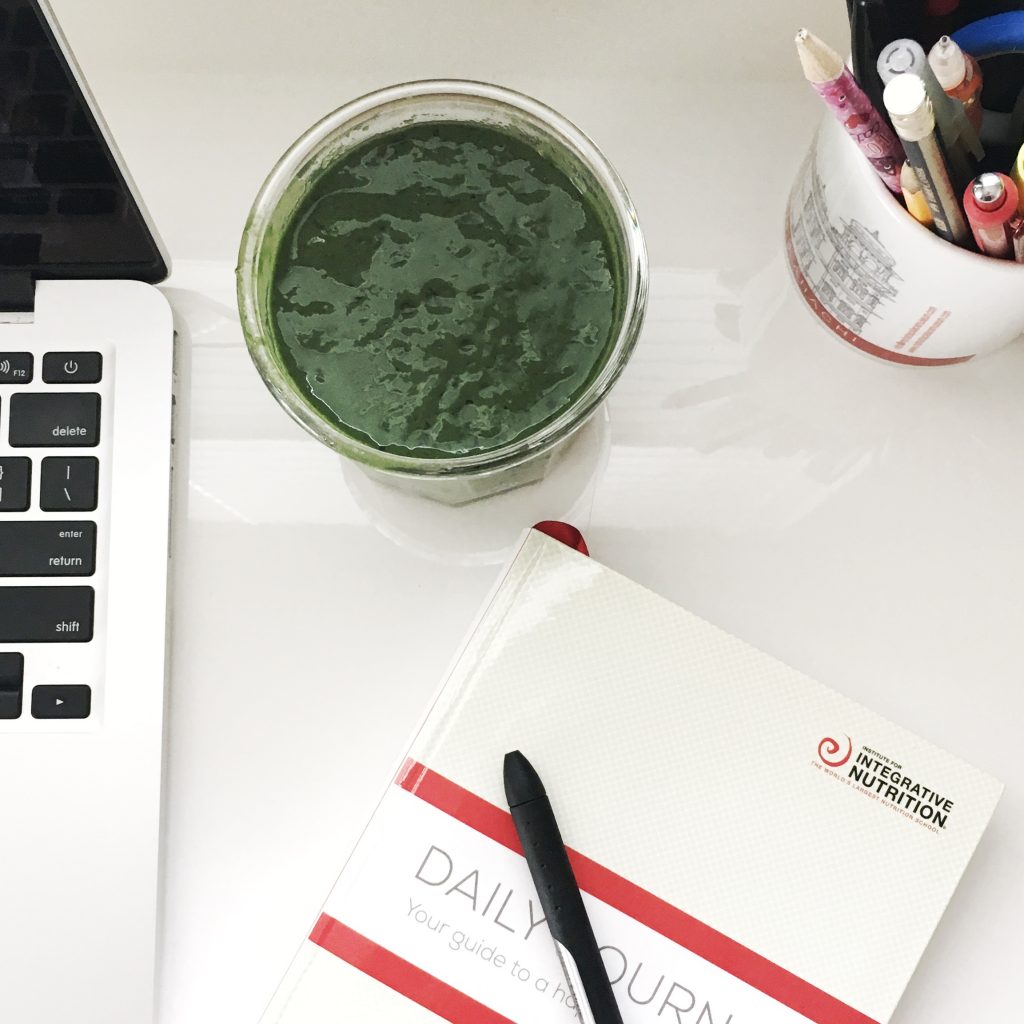 With that said, here are some ways you can take this supplement.
With that said, here are some ways you can take this supplement.

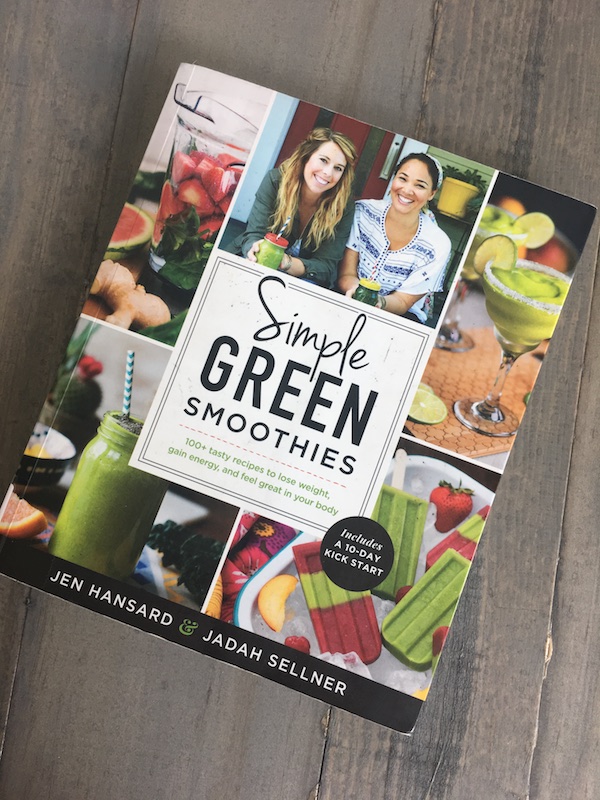
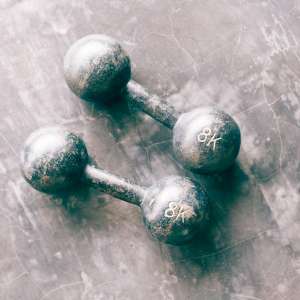
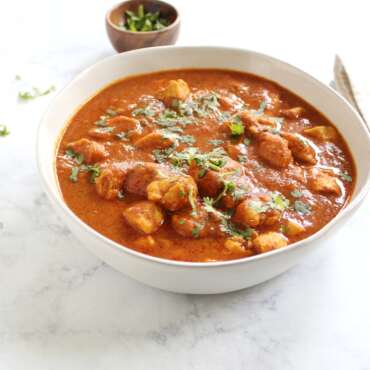


Thanks for your article on Spirulina. I will try it.
I have tried few other super foods occasionally and those were very beneficial. So far I have tried chia seeds, pumpkin seeds and food grade diatomaceous earth.
https://youtu.be/1g0poR4tWrs
I have Spirulina in tablet form. I take it that way periodically and I also crush the tablets and add that to a bowl of fruit. There isnt a detectable taste or smell.
That’s good to know Suzanne!Thanks for sharing!:)